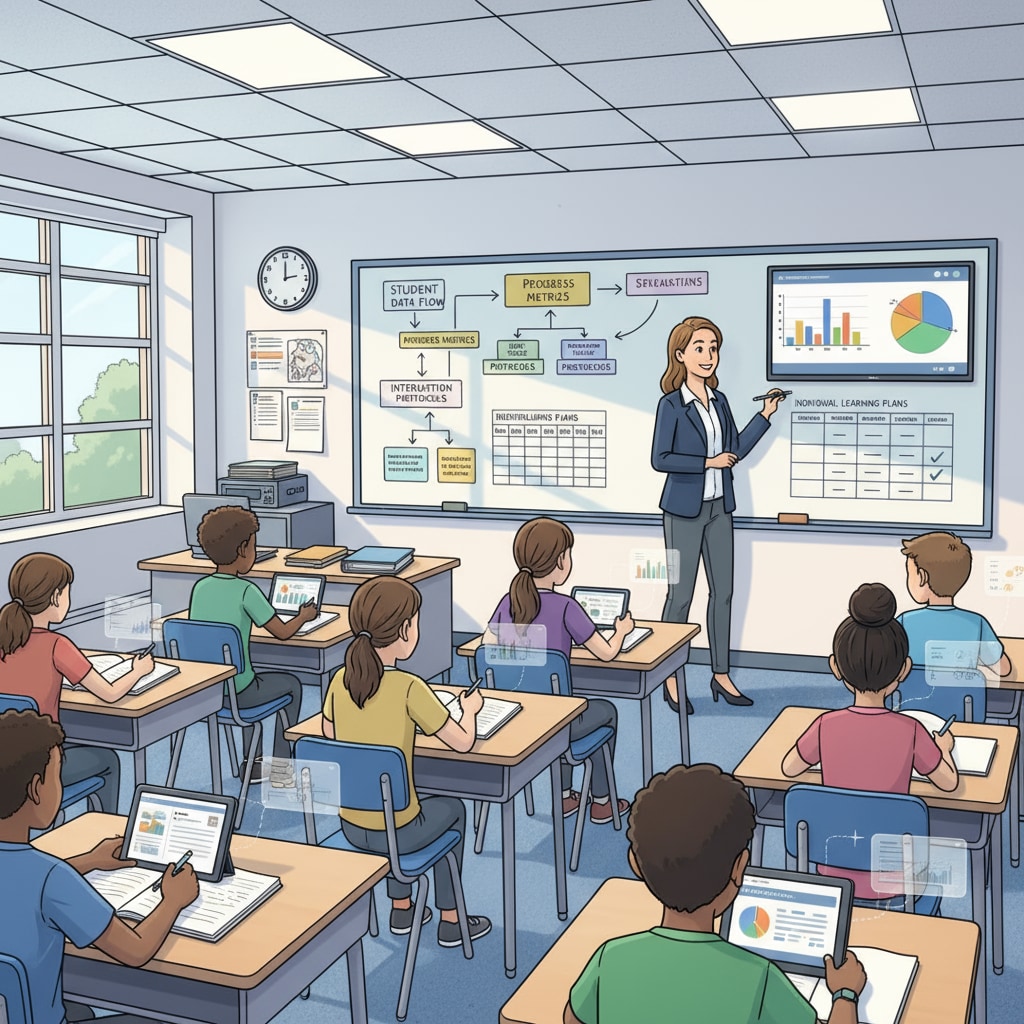In the realm of K12 education, the issues of data documentation, micromanagement, teaching planning, and administrative intervention are at the forefront of discussions among educators and administrators. As schools strive to improve educational outcomes, finding the right balance between these elements is crucial.

The Pressure of Data Documentation
Data documentation has become an essential part of K12 education. Schools now require teachers to record various data, such as student performance, attendance, and engagement. For example, teachers may need to document students’ test scores regularly. This data is intended to provide insights into student progress and inform teaching strategies. However, excessive data documentation can be a burden for teachers. It takes time away from their core teaching responsibilities, like lesson planning and one – on – one student interaction. According to National Education Association, many teachers feel overwhelmed by the amount of data they need to collect and record.
The Pitfalls of Micromanagement
Micromanagement in K12 education often comes hand in hand with data – driven approaches. Administrators may use the data collected to closely monitor teachers’ every move. They might dictate teaching methods, lesson plans, and even the pace of instruction. This extreme form of control can stifle teachers’ creativity and autonomy. Teachers may feel like they are simply following orders rather than being able to design personalized teaching experiences for their students. For instance, if an administrator insists on a specific teaching technique for all teachers, it may not suit the diverse learning needs of students in different classrooms. ASCD (Association for Supervision and Curriculum Development) has highlighted the negative impacts of micromanagement on teacher morale and student learning.

The Allure of Autonomous Teaching
On the other end of the spectrum, completely autonomous teaching offers teachers the freedom to design their own curricula, choose teaching methods, and plan lessons according to their professional judgment. This can lead to more innovative and engaging teaching. Teachers who have the autonomy to explore different teaching styles can better meet the unique needs of their students. For example, a teacher passionate about project – based learning can design in – depth projects that enhance students’ critical thinking skills. However, without proper oversight, autonomous teaching may lack consistency across the school, and some teachers may not be able to ensure that all students are meeting the necessary educational standards.
Finding the Balance: A Model of Trust and Accountability
To address these issues, a balance between data – driven management and autonomous teaching is needed. A model based on trust and accountability can be effective. Administrators should trust teachers’ professional judgment and give them the autonomy to plan and deliver lessons. At the same time, teachers should be held accountable for student outcomes. Data can be used as a tool for reflection and improvement rather than a means of strict control. For example, administrators can have regular meetings with teachers to discuss student data, but let teachers decide on the best strategies to address any issues. This way, teachers feel respected and empowered, while still being responsible for the quality of education they provide.
Readability guidance: By using short paragraphs and lists, we can clearly present the key points. Each H2 section provides a focused discussion, and we control the proportion of passive voice and long sentences. Transition words like ‘however’, ‘for example’, and ‘at the same time’ are used throughout the text to enhance the flow of ideas.


